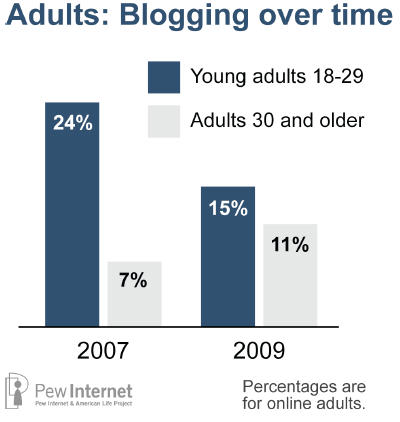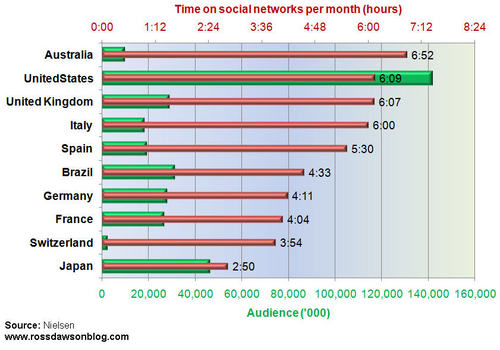Blogging is fragmenting into multi-platform content creation – long live blogging!
Drawing on a new Pew Internet report on Social Media & Mobile Internet Use Among Teens and Young Adults, The New York Times headline is: Blogs Wane as the Young Drift to Sites Like Twitter.
It’s a misleading headline, so let’s unpack it.
First, blogs are not waning. All the major blogging platforms are growing. As noted in the article, Blogger’s visitors were up 9% last year, while WordPress founder Matt Mullenweg on his blog notes that WordPress is up 80 million views in the same period.
Second, while it is true that younger adults are moving away from blogging in its traditional sense, older adults are blogging more than they used to.



